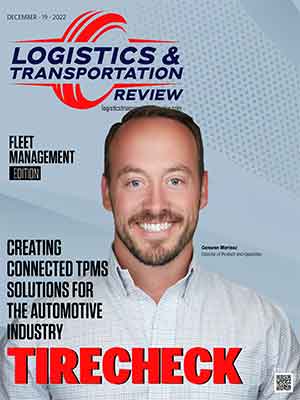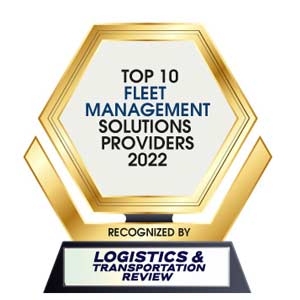Organizations that work with commercial vehicles to function, engage in some form of fleet management and fleet operations. The purpose is to manage all sorts of fleet maintenance and performance to accelerate productivity and assist businesses to function smoothly, resulting in continual improvement. Fleet management is crucial to running business operations effectively and achieving success regardless of the fleet size. From tracking vehicles and equipment, increasing safety to guaging fuel consumption, monitoring the lifecycle of commercial vehicles while lowering risk, boosting efficiency, enhancing productivity and maintaining compliance with regulations—everything is covered under fleet management.
Due to the lack of proper technology, fleet managers have undergone a lot of challenges, such as shortages of experienced drivers, high fuel costs, growing popularity of Electric vehicles, inefficient route optimization software, and safe vehicle monitoring in the past decade. However, modern enterprise asset management solutions can manage the systems used in fleet operations and the overall lifecycle of vehicles. It provides the fleet managers and the asset management teams useful tools to track the condition of assets, such as warranty status, maintenance history, and next scheduled service. Proper EAM solutions will keep these pieces operating effectively. With today’s technicians expecting solutions that are easy to use with the same type of intuitive screens as their consumer devices, it is important that the EAM system be highly flexible, mobile-friendly, and accessible. This is necessary as technicians are often dispatched to remote locations for emergency repairs.
Apparently, managing a fleet of vehicles can be challenging, no matter what the fleet size is. Hence, fleet managers use and count on vehicle telematics or various fleet management software that help in supporting standard operations in their vehicles. These fleet management tools help accelerate fleet efficiency and cut operational costs.
Considering the pandemic, when fleet managers were forced to adopt remote working, they discovered it was financially beneficial when managed effectively. If this trend remains consistent, what approach should these companies take to maintain business growth? The answer is developing software that would provide fleet managers visibility to real-time locations through tracking systems and telematics to monitor other aspects like driver behavior and fuel consumption.
Needless to say, businesses should consider certain factors while designing fleet management software, like the integration of AI, remote working, advances in data, and connectivity to serve the issues impacting the automotive industry.
Let us know your thoughts.


















